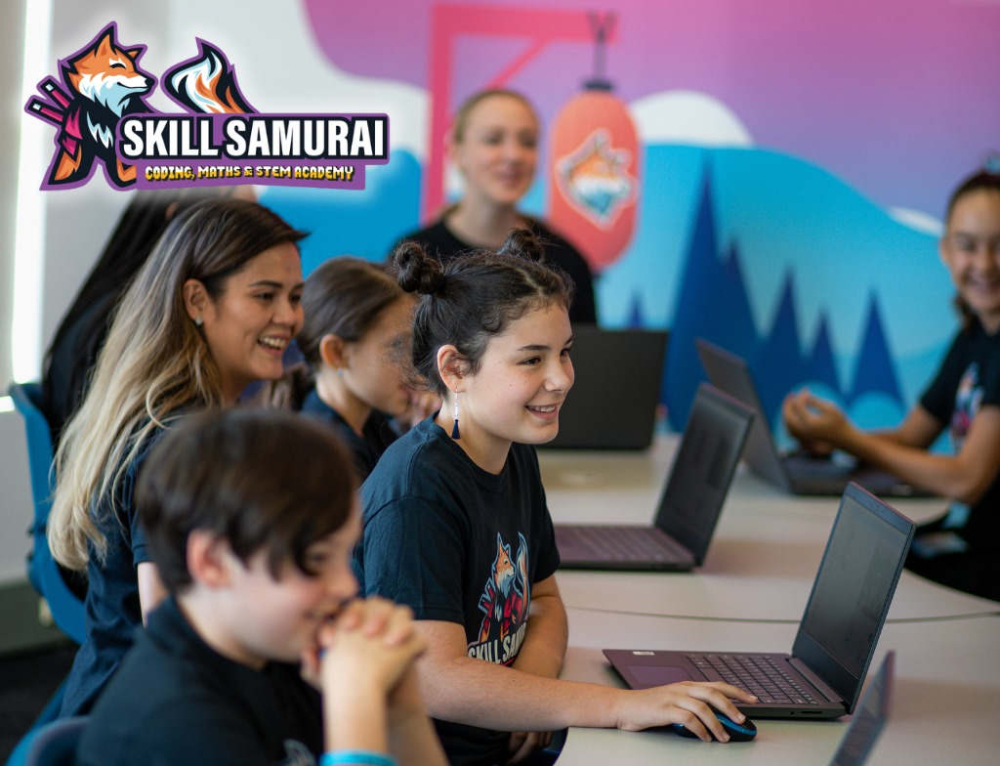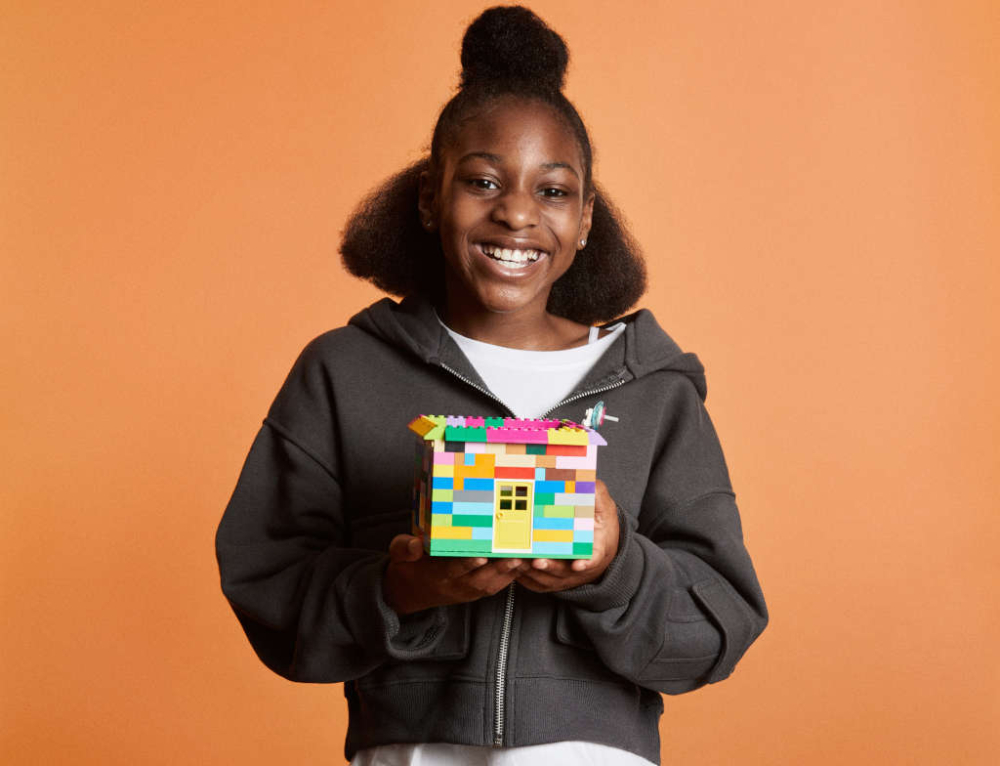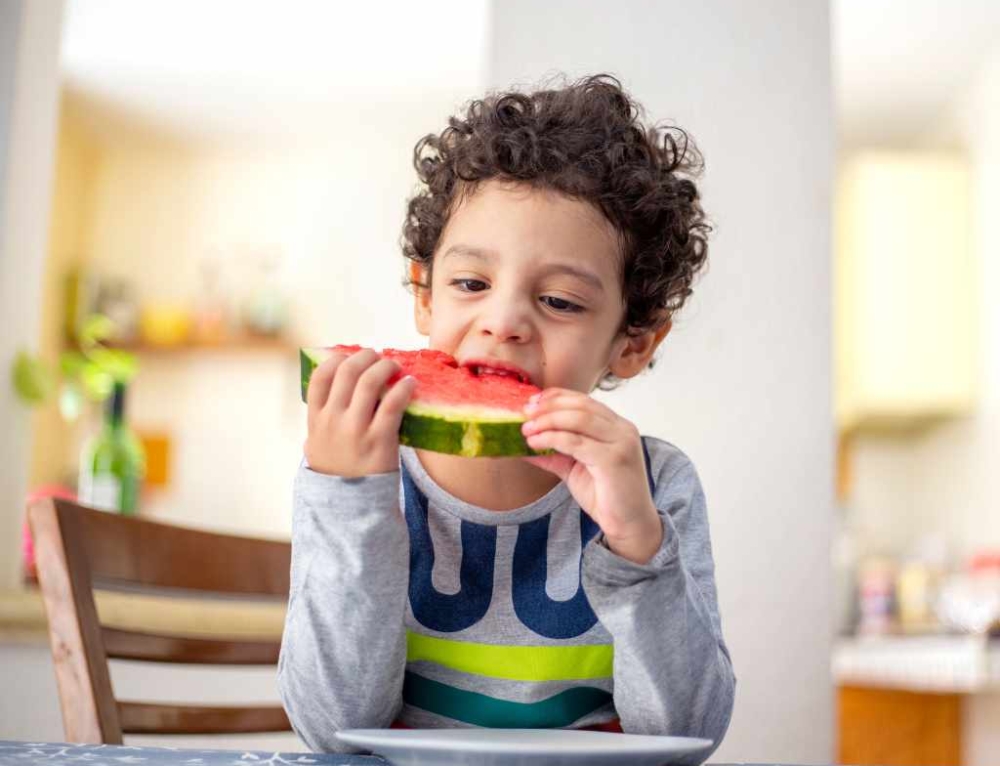We all want to encourage our children to be physically active but starting a new sport for a child can be a bit intimidating. We take a look at all you need to know when introducing your child to a new sport.
There are many benefits of children being active including encouraging strong bone and muscle development, balance and coordination, greater confidence, and social skills. If you’re unsure where to start when getting your child into a new sport, read on to find out how you can avoid some common mistakes parents make and learn how to maximise your child’s enjoyment of their new adventure.
1. Eye on the goal
Consider the main reasons you’re looking for a new sport for your child. It may be their first time into an organised sport, or that the one they did last year wasn’t their thing. It’s easier for parents to choose a sport that they are familiar with but there is such a huge variety of options available now, take some time to find out about some of the less mainstream sports.
There are many different factors that will influence your decision, for example, accessibility to the practice and game venues, your child might be looking to develop a particular skill (eg self-confidence), meet new friends, or be able to hang out with their buddies more or it might be that you are looking to join a committee and meet new people.
If your child has expressed an interest in a particular sport, that will make this part of the process easy but also be open to changing sports and giving new things a try. A variety of activities can help your child to develop a range of skills and assist with all-around development.
For younger children just being outside and playing is enough so don’t worry if your child is not showing an interest in an organised sport just yet.
2. Change it up
Variety is good at keeping kids interested, so if off-season skills training is starting to feel a bit monotonous, give them the opportunity to play something completely different. It’s not only good for their body, but it’s also good for their mind.
Similarly. one training and one game per week for primary school-age children is enough – especially if they’re doing another after-school activity. Rest and recovery are important too.
3. Get into gear
Having appropriate gear that is in good condition will make the sport more enjoyable for your child. If you’re able, having their own gear rather than borrowing it from the club or school means they can practice at home.
4. Safety first
Getting hurt playing sport will take the fun out of the experience so ensuring your child has access to well-fitting safety gear is essential. Most sports have appropriate safety gear as an essential, eg your child will usually not be allowed on a basketball court for a competitive game without a mouthguard.
If you let your child choose the colour or pattern, they are more likely to wear it without complaint.
The Warehouse has safety top of mind with a huge range of safety gear for your kids.
5. Pressure off
Try not to put too much pressure to train and perform on your child. Keep silent on any negativity when you’re on the sidelines. Try not to dissect the game on the way home and don’t compare them, favourably or otherwise, to their team members or opposition. Sport at a young age should be fun and that should always be the focus. If you put the pressure on it can easily become a battleground at home instead of on the field!
Encourage them to train at home but don’t worry if they aren’t keen – the motivation needs to come from them for the practice to be really effective.
Enjoy your child’s sporting endeavors!
See more:
- Tips For A Better School Year
- Preparing Your Child For Their First Day Of School
- How to help your child get more rest
This story was written by Kidspot NZ.







Leave A Comment
You must be logged in to post a comment.